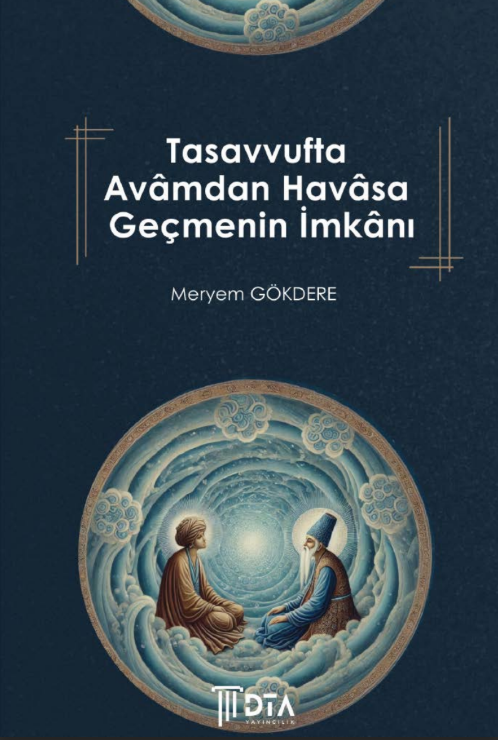
- Anasayfa
- Kategoriler
- Yazarlar
- Hizmetlerimiz
- Akademik Faaliyetler
- Hakkımızda
- İletişim
- Giriş Yap
- Sepet: (0 TL)

| Yazar: | Meryem Gökdere |
| Eser Türü: | Basılı, Dijital |
| Yayıncı: | DTA Yayıncılık |
| Yayın Tarihi: | 12/08/2024 |
| Kategori: | Din Bilimleri |
| Sayfa Sayısı: | 194 |
| Dil: | Türkçe |
| Kapak: | Karton |
| Boyut: | 13.5 x 21 cm |
| ISBN: | 9786259479835 |
| E-ISBN: | 978-625-947-988-0 |
Bu eserde tasavvufî tecrübede avâm-havâs ayrımının anlamı ve önemini derinlemesine ele alınmaktadır. Gazâlî örneği üzerinden yapılan bu çalışma, tasavvufun temel kavramlarından biri olan avâm ve havâs ayrımını, tarihsel ve teolojik bağlamda incelemektedir. Kitap, öncelikle avâm ve havâs kavramlarının etimolojik kökenlerini ve İslâm düşüncesindeki yerini açıklamıştır. Züht ve tasavvuf dönemine ait kaynaklar üzerinden yapılan incelemelerle, bu kavramların nasıl geliştiği ve farklı İslâmî disiplinlerde nasıl kullanıldığı ortaya konmuştur. Gazâlî’nin eserleri merkeze alınarak yapılan analizlerde, onun bu ayrımı nasıl yorumladığı ve uyguladığı detaylı bir şekilde irdelenmiştir. Çalışmanın ana temasını, tasavvuf ehlinin ilmi ve manevi derecelendirme anlayışı oluşturmakta ve şeriat, tarikat, hakikat ve marifet derecelendirmesi bağlamında zâhir ve bâtın ilimleri arasındaki ilişki açıklanmaktadır. Çalışma hem akademik çevrelere hem de tasavvufa ilgi duyan genel okuyuculara hitap etmekte ve tasavvufun anlaşılıp tasavvufî tecrübelerin doğru bir şekilde yorumlanmasına katkı sağlamaktadır.
This work delves deeply into the meaning and significance of the distinction between the common people (avâm) and the elite (havâs) in Sufi experience. Conducted through the example of al-Ghazali, this study examines the avâm-havâs distinction—one of the fundamental concepts of Sufism—in its historical and theological context. The book first explains the etymological origins of the concepts of avâm and havâs and their place in Islamic thought. Through an analysis of sources from the periods of asceticism (zuhd) and early Sufism, it reveals how these concepts developed and how they were used in different Islamic disciplines. By focusing on the works of al-Ghazali, the analysis provides a detailed exploration of how he interpreted and applied this distinction. The main theme of the study is the understanding of the intellectual and spiritual hierarchy among Sufis, explaining the relationship between the outer (zâhir) and inner (bâtın) sciences within the framework of the hierarchical stages of Sharia (law), Tariqa (path), Haqiqa (truth), and Ma'rifa (gnosis). The study is intended for both academic circles and general readers interested in Sufism, contributing to the understanding of Sufism and the accurate interpretation of Sufi experiences.
İslam, Tasavvuf, avâm, havâs, Gazali
Islam, Sufism, Commoners (Avām), Elite (Havās), al-Ghazālī